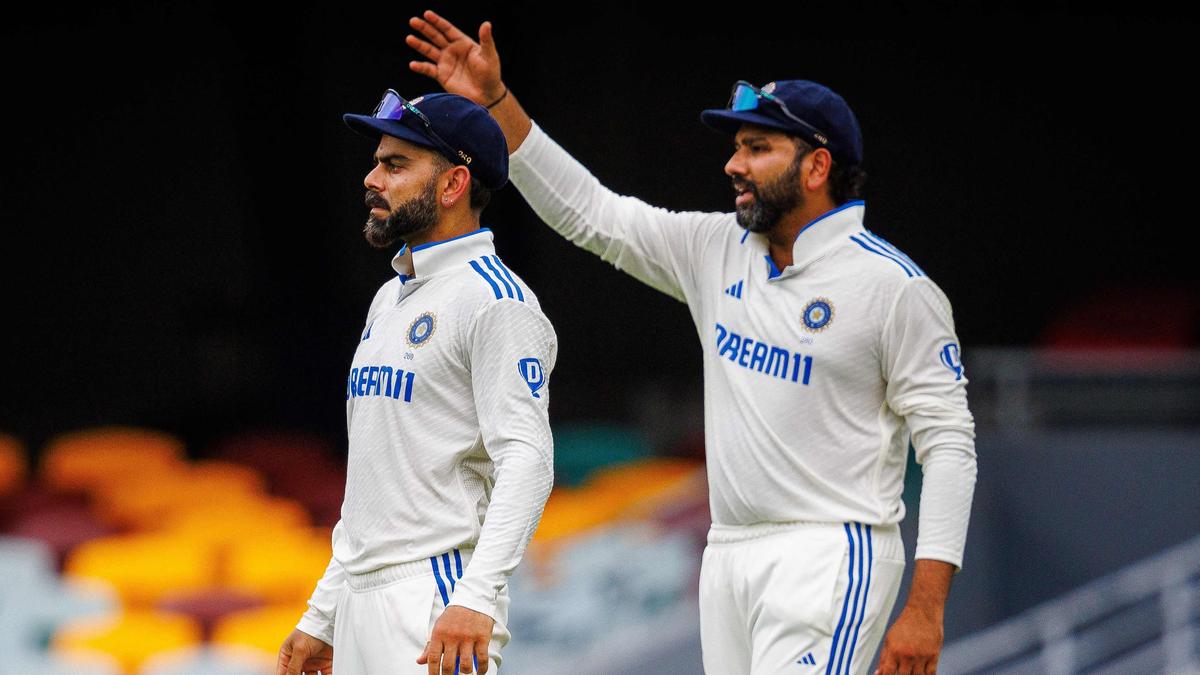 |
|
The recent Border-Gavaskar Trophy match between India and Australia concluded with a resounding 184-run victory for the hosts at the Melbourne Cricket Ground. This defeat leaves India trailing 1-2 in the series, placing immense pressure on them heading into the final Test match at the Sydney Cricket Ground. The Melbourne match witnessed a dramatic shift in momentum. India, initially cruising at 121 for three, suffered a collapse after Rishabh Pant's ill-advised lofted shot, a decision that ultimately cost India the match. This highlights a recurring theme throughout the series: the need for India's batting order to demonstrate greater consistency and restraint. The tendency of experienced players like Rohit Sharma and Virat Kohli to underperform in crucial moments further compounds this issue.
The contrast between the jubilant Australian players and the dejected Indian team after the Melbourne Test was stark. While Australia celebrated their triumph, India faced the daunting task of overcoming a significant deficit in the series. The analysis of the match reveals several critical flaws in India's approach. The middle-order's failure to capitalize on promising starts proved decisive. While young players like Yashasvi Jaiswal and Pant displayed moments of brilliance, their inability to convert those starts into substantial scores underscored a lack of experience and perhaps, an over-reliance on aggressive stroke play. The emphasis on the need for experienced players to perform better is crucial. The past success of Indian teams in Australia has been built on the foundation of experienced players anchoring the innings and providing stability. The current team's failure to achieve this suggests a lack of application and perhaps a need to reassess their strategies.
The pressure is now squarely on India's shoulders as they head to Sydney. The Sydney Cricket Ground presents a different challenge compared to the MCG, but the fundamental issue remains the same: the need for improved batting performance. The loss in Melbourne serves as a harsh reminder of the consequences of individual errors and a collective inability to build substantial partnerships. The young players have shown glimpses of talent, but they need guidance and mentorship from the more experienced players in the team. The experienced players, in turn, must recognize the need to adapt their approach and provide leadership both on and off the field. Australia will undoubtedly remain a formidable opponent in their home conditions, posing a significant challenge to India's hopes of drawing level in the series. The upcoming Sydney Test will be a true test of India's resilience and their ability to overcome adversity.
The historical context of past Indian tours to Australia highlights the significance of this series. Many celebrated Indian cricketers have seen their careers shaped—either positively or negatively—by their performances Down Under. The pressure on Kohli and Rohit to perform is immense, not just for the current series, but also for their legacy in the game. Their recent struggles in Test cricket are a concern, particularly considering their successes in limited-overs formats. The need for these senior players to step up and provide the crucial runs is paramount. Beyond the star players, the supporting cast also needs to deliver. The bowlers have done their part, but they are reliant upon the batsmen to create opportunities and win matches. The upcoming Sydney Test match is not just about winning a game; it's about restoring confidence, learning from mistakes, and demonstrating the resilience that characterizes successful Indian cricket teams. The focus must shift towards a more mature and calculated approach, balancing aggression with sound decision-making.
Source: Ind vs Aus BGT series: India must put the Melbourne defeat behind and perform at SCG
